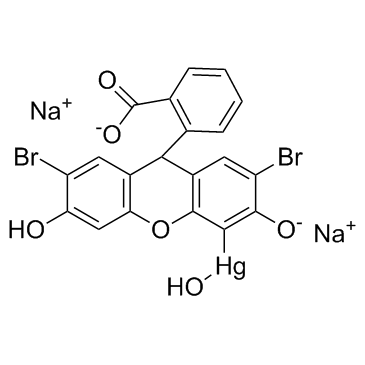Accidental intrathecal mercury application.
Andreas M Stark, Harald Barth, Jean-Paul Grabner, H Maximilian Mehdorn
文献索引:Eur. Spine J. 13(3) , 241-3, (2004)
全文:HTML全文
摘要
The authors present a case of accidental intrathecal mercury application. A 69-year-old white woman was admitted to our department with suspected meningitis following surgery for spinal stenosis at another hospital. Postoperatively, she had developed a cerebro-spinal fluid (CSF) fistula with a subcutaneous cavity. Local wound irritation had been suspected and, unfortunately, mercury-containing disinfectant was injected into the cavity. Within 24 h the patient demonstrated acute neurological deterioration due to meningitis and encephalitis and was admitted to our clinic with suspected meningitis due to postoperative CSF fistula. Lumbar puncture revealed desinfectant-stained, non-bloody CSF, while lumbar MRI demonstrated the large lumbar subcutaneous cavity. Additionally, CSF fistula was visualized on MRI. Laboratory examination revealed extremely high mercury levels in CSF, blood and urine. Treatment consisted in insertion of a lumbar drainage to wash out the mercury. The patient underwent medical detoxication using chelating agents (DMPS: RS-2,3-dimercapto-1-propansulfonacid, DMSA: meso-2,3-dimercaptosuccinatacid). Surgery was performed in order to close the cavity and the fistula. Postoperatively, the patient was admitted to the intensive care unit and remained intubated for 3 days. Within 4 weeks after surgery, she demonstrated good recovery. Eighteen months after intoxication, polyneuropathy and slight neuropsychological deficiencies were detectable.
相关化合物
| 结构式 | 名称/CAS号 | 分子式 | 全部文献 |
|---|---|---|---|
 |
红汞
CAS:129-16-8 |
C20H10Br2HgNa2O6 |
|
Effect of three different motivational techniques on oral hy...
2011-09-01 [Angle Orthod. 81(5) , 884-8, (2011)] |
|
Chronic bilateral otomycosis caused by Aspergillus niger.
2004-02-01 [Mycoses 47(1-2) , 82-4, (2004)] |
|
Merbromine-induced pustular contact dermatitis.
1999-04-01 [Contact Dermatitis 40(4) , 219, (1999)] |
|
Otomycosis--a clinico-mycological study and efficacy of merc...
1996-01-01 [Mycopathologia 135(1) , 9-12, (1996)] |
|
Fluorimetric study of interaction of merbromin with trypsin.
2008-10-01 [Spectrochim. Acta. A. Mol. Biomol. Spectrosc. 70(5) , 1109-13, (2008)] |